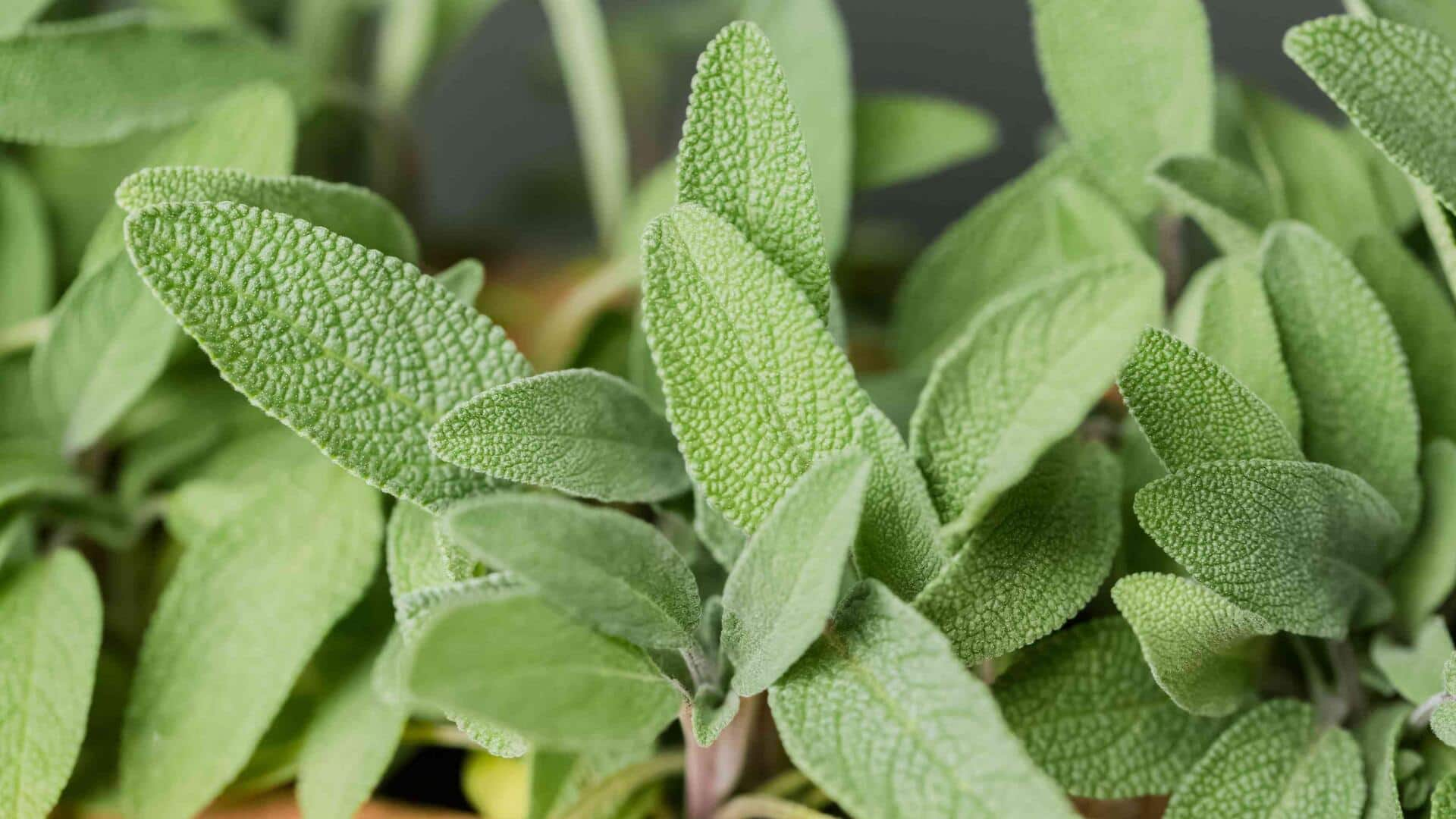
Indoor gardening 101: Tips to grow sage at home
What's the story
Growing sage indoors can be a rewarding experience, providing you with fresh herbs for cooking and a delightful aroma. Sage is a hardy plant that requires minimal care, making it ideal for indoor gardening enthusiasts. With the right conditions and care, you can enjoy a thriving sage plant all year round. Here are some practical tips to help you grow sage indoors successfully.
Tip 1
Choosing the right container
Selecting an appropriate container is crucial for growing sage indoors. Choose a pot with drainage holes to prevent waterlogging, which can damage the roots. A container that is at least six inches deep will provide enough space for the roots to grow. Consider using ceramic or terracotta pots as they allow better airflow and moisture retention.
Tip 2
Providing adequate light
Sage needs plenty of sunlight to flourish indoors. Place your plant close to a south-facing window, where it can receive at least six hours of direct sunlight every day. If natural light is insufficient, you can use grow lights to ensure your sage gets the required exposure. Position the lights about 12 inches above the plant and keep them on for 12 to 16 hours daily.
Tip 3
Maintaining proper soil conditions
The right soil mix is essential for healthy sage growth. Use well-draining soil with a pH level between six and seven. A mix of potting soil with sand or perlite will improve drainage and prevent root rot. Avoid overwatering by allowing the top inch of soil to dry out between waterings.
Tip 4
Monitoring temperature and humidity levels
Sage thrives in temperatures between 60 degrees Fahrenheit and 75 degrees Fahrenheit (15 degrees Celsius and 24 degrees Celsius). Keep your indoor environment within this range by adjusting heating or cooling systems as necessary. Additionally, maintain moderate humidity levels by placing a humidifier nearby or occasionally misting the plant with water.
Tip 5
Pruning and harvesting tips
Regular pruning encourages bushier growth in sage plants, while preventing them from becoming leggy over time. Trim back any dead leaves regularly with clean scissors or pruning shears. Harvest leaves as needed by snipping off stems close to their base without removing too many at once, so new growth continues uninterrupted throughout its growing season.